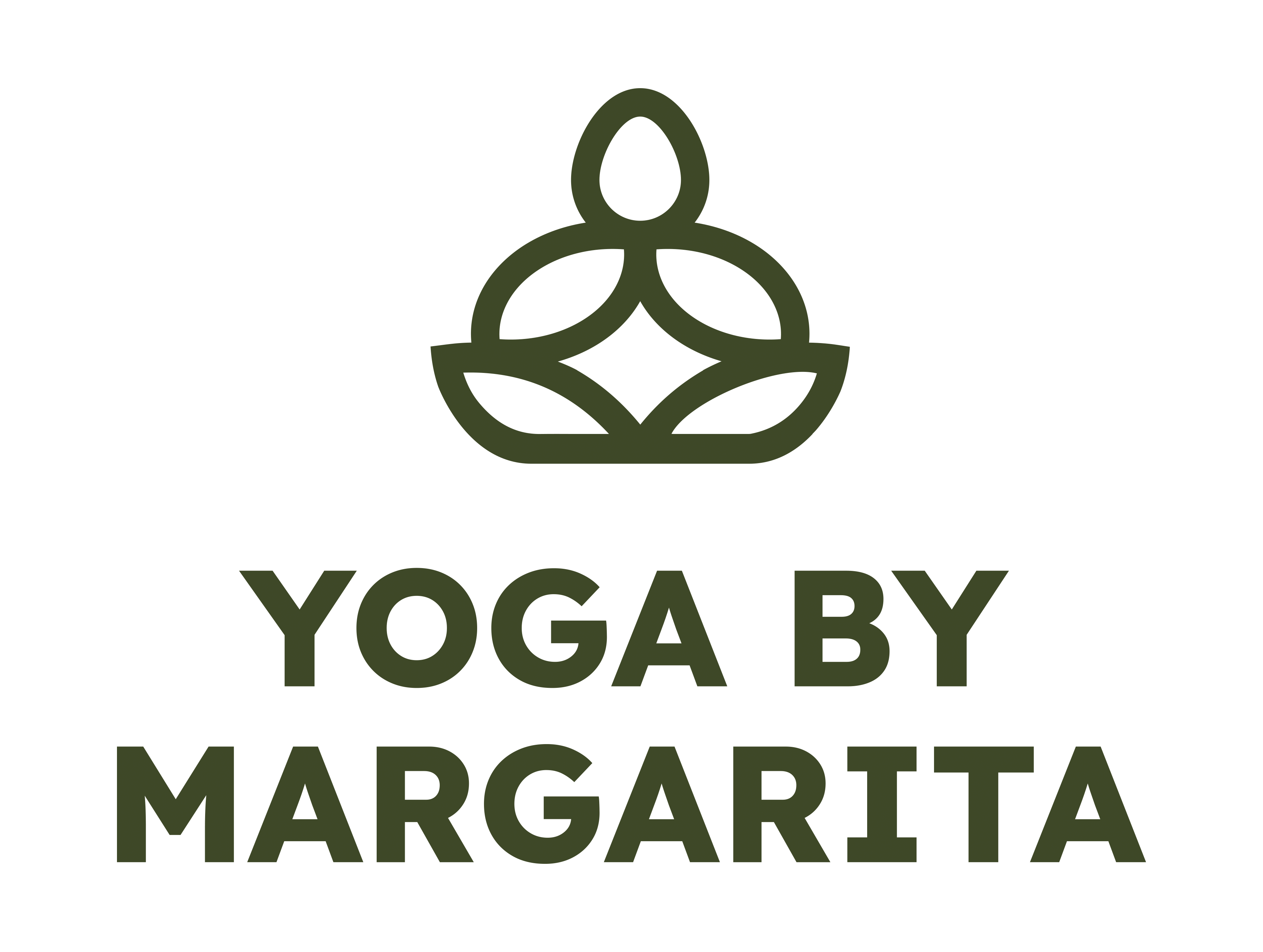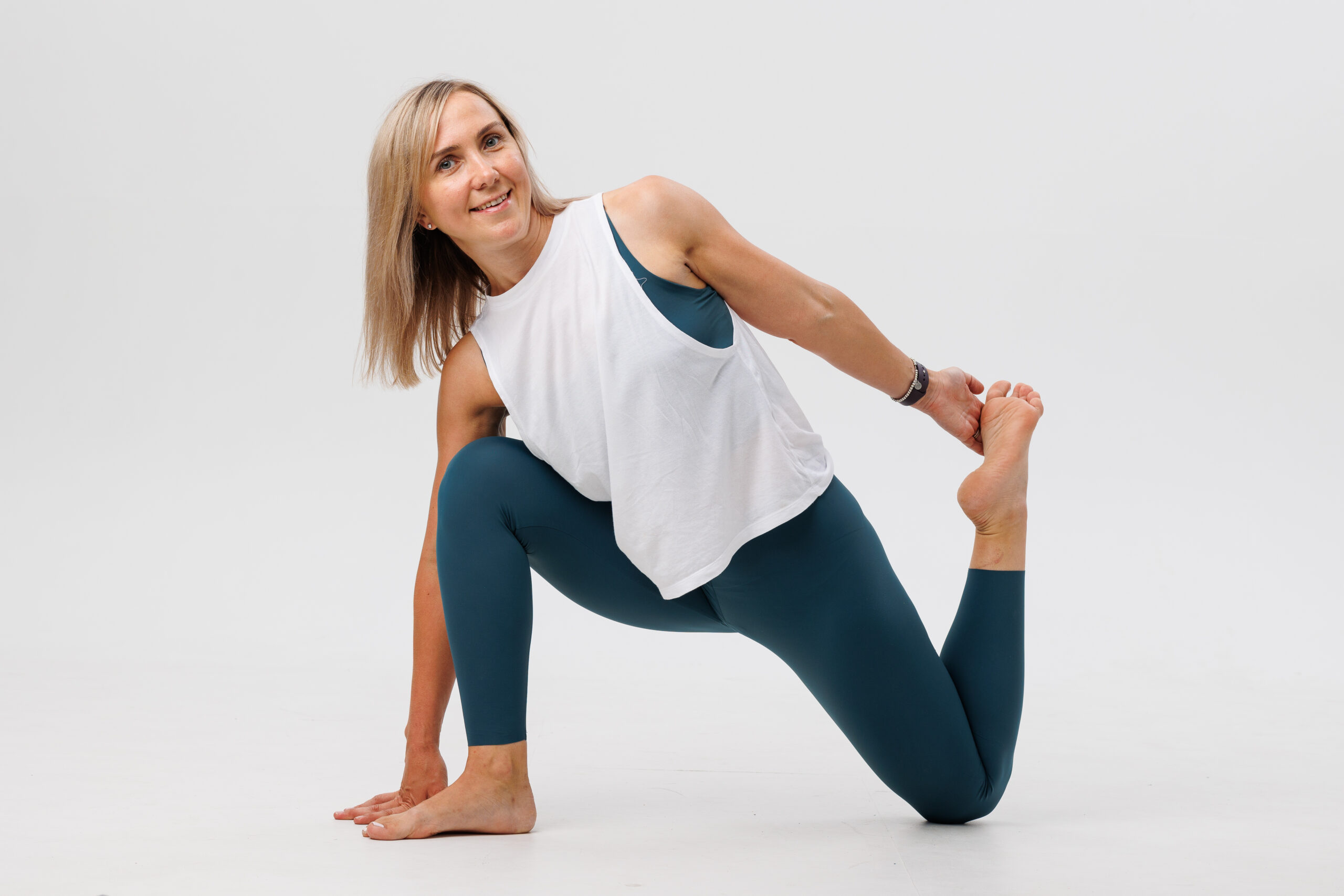Table of Contents
ToggleIntroduction - Pilates or Yoga? Which is best.
You’ve just stumbled upon the ultimate guide in your quest to decipher the age-old question – Yoga or Pilates? Which one is right for me? If you’ve been twiddling your thumbs, scratching your head, or even doing some extra stretches trying to figure out the answer, don’t sweat it! (Well, not yet – save that for your workout!)
You might be brand new to the world of fitness or considering spicing up your workout routine, either way, we’re here to shine some light on the matter. We’ll break down the nuts and bolts of both Yoga and Pilates, highlighting what makes each unique, fun and, importantly, beneficial for you.
So, whether you’re seeking to boost your flexibility, dreaming about a rock-solid core, or hunting for some much-needed zen in this fast-paced world, we’ve got you covered. Ready? Let’s dive into the fascinating worlds of Yoga and Pilates, exploring each nook and cranny so you can make the best choice for your fitness journey. Let’s get started!
Understanding Yoga
Yoga, as some of you may know, isn’t just about twisting yourself into pretzel-like poses. It’s a holistic practice that’s been around for over 5,000 years, hailing from ancient India. It’s an integral part of an age-old philosophy and tradition that aims to harmonise the body, mind, and spirit. But what does that really mean? Let’s break it down.
At its core, Yoga combines physical postures (known as asanas), breath control (pranayama), and meditation to form a unique blend of movement and mindfulness. There’s a sense of inward focus and awareness that’s fostered throughout your Yoga journey. It’s not just a workout for the body but also a training session for your mind and soul.
As for the physical part, Yoga postures can range from simple stretches to more advanced poses that require strength, flexibility, and balance. But, Yoga is not a one-size-fits-all kind of practice. There are numerous styles of Yoga, from the gentle and meditative Hatha, to the more physically demanding Ashtanga or Power Yoga. This means you can always find a style that suits your needs and preferences.
One of the key benefits of Yoga is its focus on enhancing flexibility. Ever envied a cat’s stretch? With regular Yoga practice, you can improve your own! It also promotes better balance, boosts strength, and helps improve posture.
However, the benefits of Yoga go beyond the physical. With its emphasis on mindfulness and breath control, Yoga is an excellent tool for managing stress and promoting relaxation. It’s a practice that encourages self-care, self-love, and a deeper connection with one’s self.
In essence, Yoga offers a holistic approach to wellness that can harmonise the body, mind, and spirit. Whether you’re seeking physical fitness, mental clarity, or a sense of peace, Yoga may just be the path for you. But what if you’re after a workout that’s more centered on physical conditioning and muscle toning? Enter Pilates – but more on that in the next section.
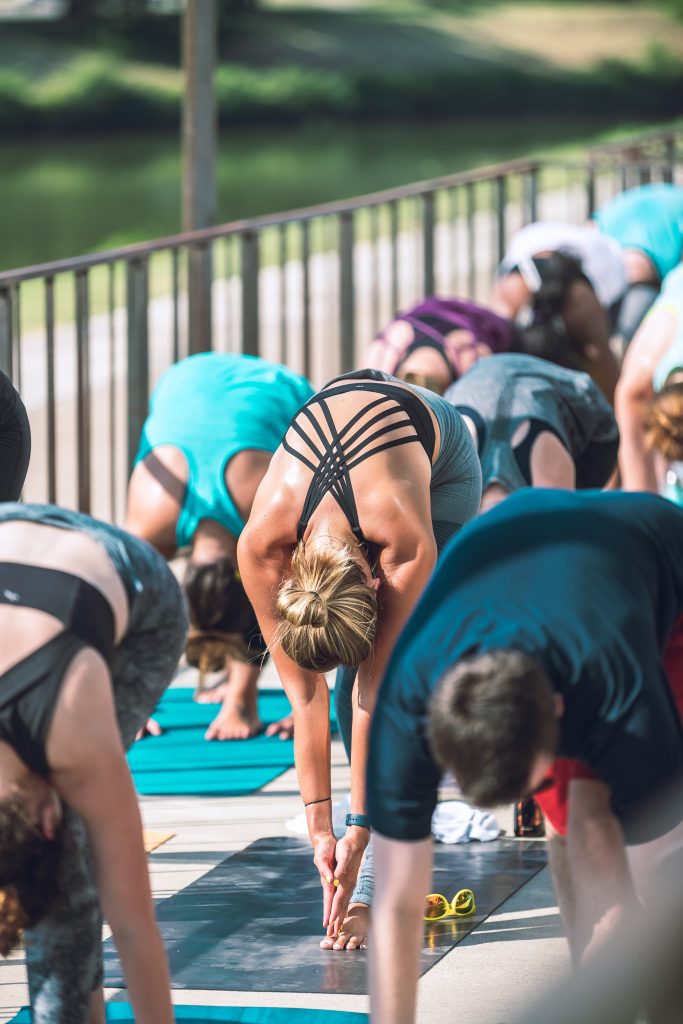
What Are The Benefits of Doing Yoga?
Yoga, often seen as a simple form of stretching and relaxation, hides a bounty of benefits beneath its serene surface. These benefits extend far beyond the yoga mat, intertwining with every facet of life and enhancing your overall well-being. Let’s delve into the multitude of perks you can reap from practising Yoga regularly.
Physical Strength and Flexibility: Yoga poses, or asanas, gently guide the body through a full range of motion. This not only increases flexibility but also strengthens muscles, joints, and even bones. Regular practice can enhance your body’s resilience and capacity, helping prevent injuries and improving overall physical performance.
Postural Improvement: Sitting at a desk or constantly looking at your smartphone can lead to poor posture and related issues. Yoga brings awareness to your body alignment and encourages a healthier stance, mitigating the potential harm caused by daily life.
Breath Control and Lung Capacity: Yoga intertwines movement with breath, leading to improved breath control. Specific breathing exercises, known as pranayama, also expand lung capacity, boost oxygen intake and can even improve respiratory conditions.
Stress Relief and Mental Health: Yoga’s emphasis on mindfulness and the present moment provides an antidote to our fast-paced, stress-filled lives. Regular practitioners often report lower levels of stress, anxiety, and depression, thanks to the mental clarity and inner peace yoga promotes.
Increased Energy Levels: Yoga invigorates both the body and mind. With sequences that stimulate every part of the body, a regular yoga practice can leave you feeling energised and refreshed.
Improved Sleep: The combination of physical exertion and relaxation that yoga brings can lead to better sleep patterns. Yoga can help calm the mind and prepare the body for a night of restful, rejuvenating sleep.
Digestive Health: Certain yoga poses aid in digestion and encourage the proper function of the digestive system, leading to an overall healthier gut.
Heart Health: Regular yoga practice can reduce stress and lower blood pressure, both of which are key to maintaining a healthy heart.
In essence, Yoga is a gift that keeps on giving. It’s a practice that benefits you holistically, offering a wide range of physical and mental health benefits that can enhance your life quality, from the inside out. As we move onto our next section, let’s explore another practice that focuses more directly on core strength and body conditioning – Pilates.
Understanding Pilates
As we move along our exploration, it’s time to shift our focus from the yoga mat to the Pilates reformer (or mat!). Pilates, named after its creator Joseph Pilates, emerged in the early 20th century as a method for rehabilitation and strength training for dancers and soldiers. Although it shares some similarities with yoga, Pilates has its distinct philosophy and approach.
At its core, Pilates is a body conditioning system that promotes strength, flexibility, and balance. It has a unique focus on core strengthening or ‘the powerhouse’ as Joseph Pilates would call it. The ‘powerhouse’ consists of muscles around the abdomen, lower back, and hips.
Unlike yoga, Pilates doesn’t delve into spirituality or meditation. Instead, it’s all about the body and movement, with a special emphasis on proper form and precise movements. Each Pilates move should be performed with control and precision to garner the maximum benefit.
Pilates can be practised on a mat, using your body weight and gravity as resistance. Alternatively, it can also be done using specially designed equipment, like a reformer, which uses springs to create additional resistance.
Regardless of the method you choose, the aim remains the same – to build strength, control, and flexibility. By focusing on quality over quantity, Pilates builds long, lean muscles, enhancing your body’s overall function and performance.
Now that we have a basic understanding of what Pilates is, let’s move forward and delve into the numerous benefits that this practice has to offer.
What Are The Benefits of Doing Pilates?
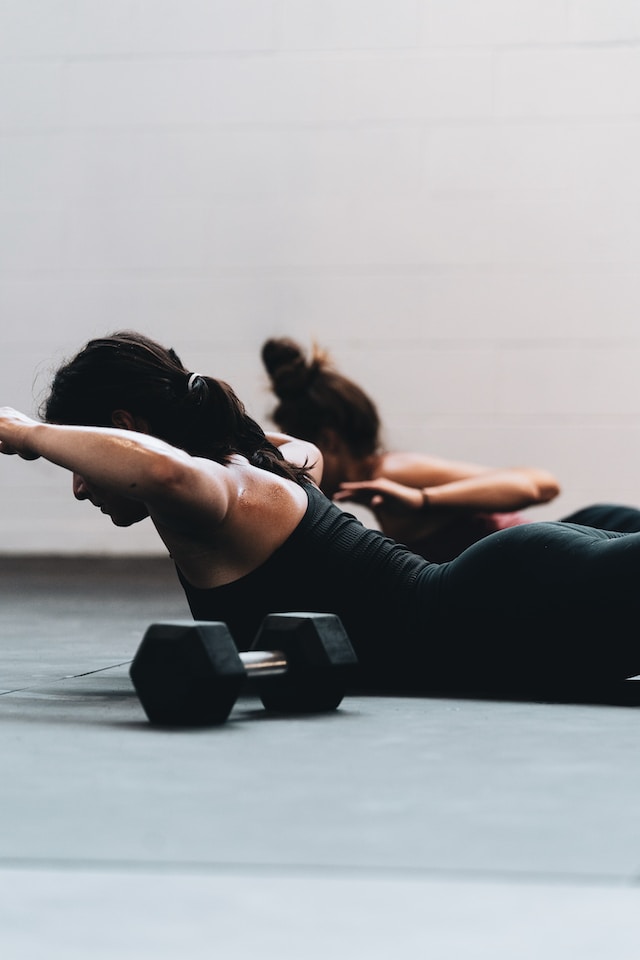
Now that we’ve got a grasp of what Pilates entails, let’s dive into the plethora of benefits that this practice can bring to your life. While yoga is often associated with tranquillity and peace, Pilates is known for its strength and stability. Here’s why:
1. Strengthens the Core: At the heart of Pilates is core strength. Every movement originates from the core, and developing a strong powerhouse can provide a solid foundation for all other activities.
2. Improves Posture: Pilates encourages you to focus on alignment and balanced muscle development, resulting in improved posture. Good posture can alleviate back and neck pain and make you look taller and leaner.
3. Enhances Body Awareness: Pilates hones in on the idea of ‘mindful movement’, enhancing awareness of your body, which can spill over into other areas of your life, making you more mindful overall.
4. Increases Flexibility: Pilates stretches and lengthens muscles, improving muscle elasticity and joint mobility. This can help reduce the risk of injury.
5. Improves Balance and Coordination: By focusing on the quality of movement, Pilates can help improve balance and coordination. This can be especially beneficial as we age and these skills start to decline.
6. Rehabilitation and Recovery: Pilates is often used in physical therapy and is an excellent way of safely rehabilitating injury.
Just like yoga, Pilates is a low-impact exercise that can be modified to meet individual needs, making it accessible to all. It is an excellent way to complement your yoga practice or to provide an alternative if you’re looking for something a little different.
Now that we’ve explored both yoga and Pilates individually, let’s look at some considerations to help you decide which practice might be best suited to your specific needs and goals.
Conclusion Pilates or Yoga - Which One to Choose?
Choosing between Pilates and yoga isn’t really a matter of one being better than the other. Both practices offer their own unique set of benefits and experiences, and the choice often comes down to personal preference and what you’re hoping to achieve from your workout. Are you seeking peace, flexibility, and inner strength? Yoga could be your path. If you’re more inclined towards core strength, body control, and muscular balance, Pilates might just be your thing.
But why choose when you can explore both? Mixing up your routine can keep your workouts fresh, interesting, and balanced. After all, variety is the spice of life!
If you’re new to yoga or looking to reignite your practice, I invite you to join my beginner yoga session at Yoga by Margarita. It’s a safe, welcoming environment where you can explore the benefits of yoga at your own pace. Here, you’re encouraged to listen to your body, move with intention, and most importantly, enjoy the journey of self-discovery and improvement. Yoga isn’t just a workout – it’s a work-in.
Whether you decide to embark on a yoga journey, explore Pilates, or both, remember that the most important thing is to move in a way that feels good and beneficial for your body and mind. Here’s to health, happiness, and finding the perfect balance on and off the mat.
Namaste.
